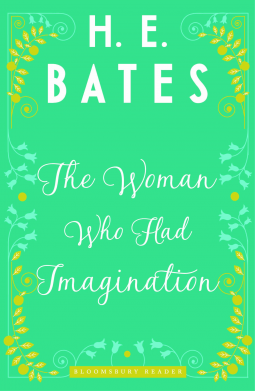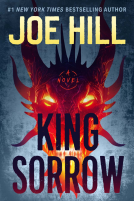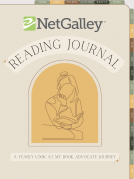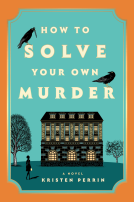
The Woman Who Had Imagination
by H. E. Bates
This title was previously available on NetGalley and is now archived.
Send NetGalley books directly to your Kindle or Kindle app
1
To read on a Kindle or Kindle app, please add kindle@netgalley.com as an approved email address to receive files in your Amazon account. Click here for step-by-step instructions.
2
Also find your Kindle email address within your Amazon account, and enter it here.
Pub Date Jul 28 2015 | Archive Date Jul 31 2015
Bloomsbury USA | Bloomsbury Reader
Description
The Woman Who Had Imagination, H.E. Bates’s fourth volume of stories, first published in 1934 (Jonathan Cape), is a fascinating collection of contrasts. The stories combine elements of realism and poetry, beauty and ugliness, tenderness and irony. Graham Greene, writing in the Spectator, lauded the collection as “the first volume of Mr. Bates’s maturity” and Bates as “an artist of magnificent originality with a vitality quite unsuspected hitherto.”
This is brilliantly demonstrated in the title
story, “The Woman Who
Had Imagination,” the heart-rending story of an Italian woman,
revealed through the casual meetings and conversations that take place on a
day’s outing of a country choir.
The contrast between “The Waterfall,” with
its melancholy and grace, and the disturbing tensions in “The Brothers.” emphasizes Bates’s mastery of both the
delicate and the disquieting. It is also in this collection that we are
introduced to the much-loved comic narrator, Uncle Silas, in “The Lily,” “The
Wedding.” and “Death of Uncle Silas.”
In addition to the original collection this
edition includes two extra stories. “The Country Doctor” concerns a woman’s
grief on the death of her dearest friend. It was first published in the Fortnightly
Review in 1931 with the title “The Country Sale,” and later in the limited edition The Story
Without an End and The Country Doctor (White Owl Press, 1932), and has
not been reprinted since.
“The Parrot” chronicles a man, a marriage and
the eponymous parrot, and has only previously been published in 1928 in T.P.’s
Weekly, founded by the radical MP, T.P. O’Connor.
H.
E. Bates was born in 1905 in the shoe-making town of Rushden, Northamptonshire.
After leaving school, he worked as a reporter and as a clerk in a leather
warehouse. Many of his stories depict life in the rural Midlands,
particularly his native Northamptonshire, where he spent many hours wandering
the countryside.
His first novel, The Two Sisters (1926)
was published by Jonathan Cape when he was just twenty. Many critically
acclaimed novels and collections of short stories followed. During WWII he was
commissioned into the RAF solely to write short stories, which were published
under the pseudonym “Flying Officer X”. His first financial success was Fair
Stood the Wind for France (1944),
followed by two novels about Burma, The Purple Plain (1947)
and The Jacaranda Tree (1949) and one set in India, The
Scarlet Sword (1950). Other well-known novels include Love
for Lydia (1952) and The Feast of July (1954). His
most popular creation was the Larkin family, featured in five novels beginning
with The Darling Buds of May
in 1958. The later television adaptation was a huge success. Many
other stories were adapted for the screen, the most renowned being The
Purple Plain (1947) starring Gregory Peck, and The Triple Echo (1970)
with Glenda Jackson and Oliver Reed. H. E. Bates married in 1931, had four
children, and lived most of his life in a converted granary near Charing in
Kent. He was awarded the CBE in 1973, shortly before his death in 1974.
A Note From the Publisher
Please note that this title is only available as an eBook at this time.
Available Editions
| EDITION | Ebook |
| ISBN | 9781448214938 |
| PRICE | £4.99 (GBP) |














